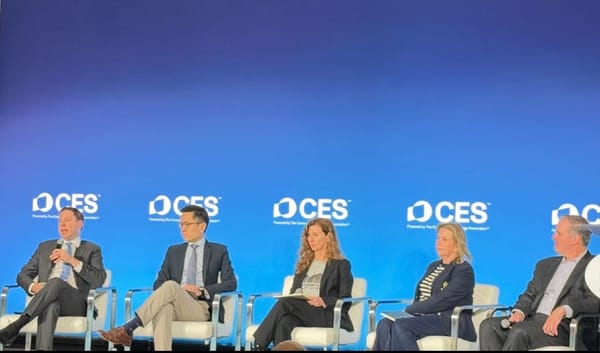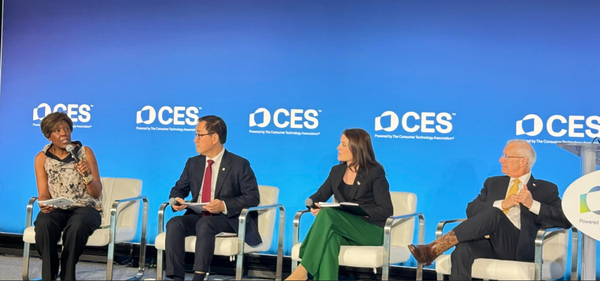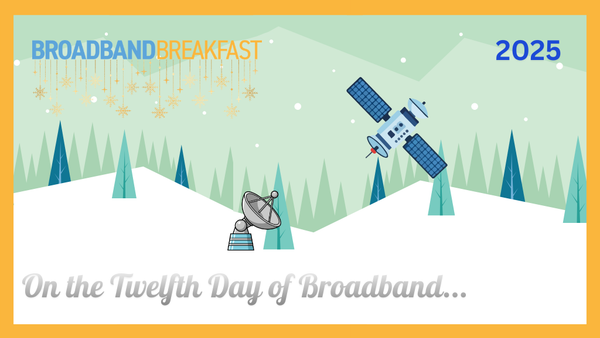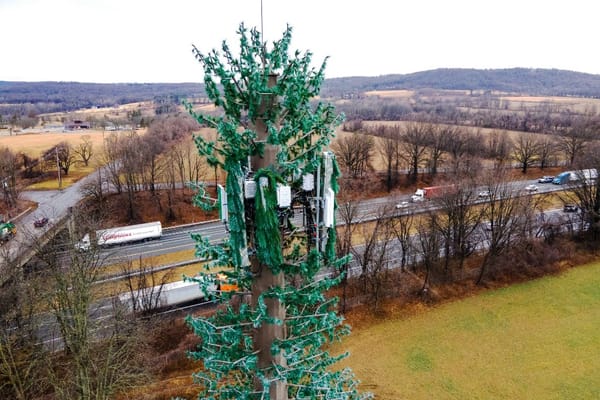Tech Industry Pushes Back Against EARNIT, Microsoft on Digital Divide, Satellite Analyzer-in-the-cloud
The Computer and Communications Industry Association and four other internet trade groups sent a letter Thursday to Senate Judiciary Committee Chairman Lindsey Graham, R-S.C., and Sen. Richard Blumenthal, D-Conn., to protest aspects of the proposed Eliminating Abusive and Rampant Neglect of Interact
David Jelke

The Computer and Communications Industry Association and four other internet trade groups sent a letter Thursday to Senate Judiciary Committee Chairman Lindsey Graham, R-S.C., and Sen. Richard Blumenthal, D-Conn., to protest aspects of the proposed Eliminating Abusive and Rampant Neglect of Interactive Technologies (EARNIT) Act of 2020.
The EARNIT Act would establish a government commission that, the tech associations say, would dictate practices for online monitoring and content removal.
CCIA President Matt Schruers had the following to say about EARNIT:
“Technology providers need the flexibility to make digital products and services safer and more secure. Law enforcement needs the resources and direction to prioritize prosecuting bad actors.
“Everyone has a role to play in meeting our shared goal of reducing crime online. Unfortunately, creating a new federal commission to second-guess how private Internet companies manage content and secure their users is not the best way to fight crime,” Schruers said.
The other associations signing on to the letter were the Consumer Technology Association, the Internet Association, the Internet Infrastructure Coalition, and NetChoice.
Microsoft weighs in on digital divide
The digital divide is “wide but solvable,” says a blog post by
Shelley McKinley, head of technology and corporate responsibility at Microsoft.
The blog criticized the FCC’s broadband map for being inaccurate. Referencing the BroadbandNow study finding that the actual number of those without broadband access is double the FCC’s estimates, McKinley cites Microsoft’s research “showing that 157.3 million people in the U.S. do not use the internet at broadband speeds.”
However, McKinley also gives credit to the FCC’s recent reevaluation of its data collection methodology, as well as its recent rulings that provide “positive and necessary” changes to TV white spaces regulation.
So called “white spaces” of unlicensed wireless transmission provide ISPs with another way to provide broadband to remote areas that are hostile towards cable-laying, she said. Importantly, its prices are dropping.
McKinley also plugged Microsoft’s Airband Initiative, which aims “to provide access to broadband to three million people in unserved rural areas of the United States by July 4, 2022.”
Microsoft has taken steps to do this by partnering with local ISP’s, such as Wisper Internet, which is working with Microsoft to bring internet to 1 million people in the states of Arkansas, Illinois, Indiana, Kansas, Missouri and Oklahoma.
The blog also ponders the next steps following 100% connectivity. “Rural communities need resources beyond infrastructure to rebuild and lift themselves up. That’s why much of our work goes well beyond connectivity.”
Analyzer-in-the-cloud via satellite
SatSignature launched a spectrum analyzer-in-the-cloud service this Monday, offering live 24/7 global satellite spectrum monitoring, recording, and analysis in web-based subscription packages.
The new service lets satellite networks and users instantly access spectrum monitoring on-demand across entire satellite regions around the world.
SatSignature services let satellite networks monitor their carriers of interest online — enabling them to save time and money, while improving quality of service. SatSignature users have access to typical spectrum analyzer functions, and can access spectrum plots quickly via web, mobile, and smartphone devices, said Zuhair Muakkit, Co-Founder of SatSignature.











Member discussion